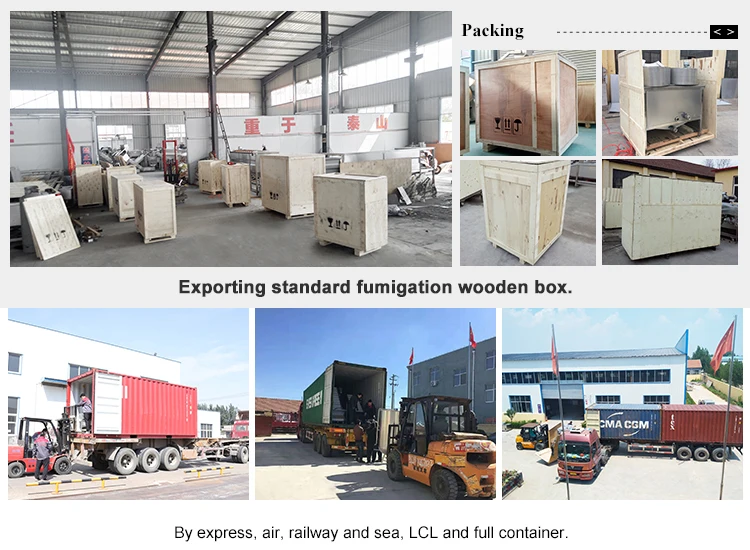evaporative cooling filter pads
Dec . 20, 2024 18:47 Back to list
evaporative cooling filter pads
The Importance of Evaporative Cooling Filter Pads in HVAC Systems
Evaporative cooling is an efficient and eco-friendly cooling method widely used in various climates. Central to this cooling technique are evaporative cooling filter pads, which play a crucial role in enhancing the efficiency and effectiveness of HVAC systems. Understanding these pads can help one appreciate their significance in residential and industrial applications.
What are Evaporative Cooling Filter Pads?
Evaporative cooling filter pads are usually made from cellulose, synthetic materials, or a combination of both. These pads are designed to absorb water and provide a large surface area for air to pass over. When warm, dry air flows through the saturated pads, the water evaporates, absorbing heat from the air and lowering its temperature. This process not only cools the air but also adds moisture, making it an ideal solution for dry climates.
Benefits of Using Filter Pads
1. Energy Efficiency One of the most significant advantages of evaporative cooling filter pads is their energy efficiency. Compared to conventional air conditioning systems, evaporative coolers consume significantly less electricity. This is especially beneficial for businesses and homeowners looking to reduce energy costs while maintaining a comfortable indoor environment.
2. Environmental Benefits Evaporative cooling is a natural form of cooling that does not rely on harmful refrigerants, making it an environmentally-friendly option. Additionally, using less energy reduces the carbon footprint associated with cooling systems, contributing to a more sustainable lifestyle.
3. Improved Indoor Air Quality Evaporative coolers equipped with filter pads can improve indoor air quality by adding moisture to the air. This is especially important in dry or arid regions where humidity levels are low. Proper humidity can alleviate dry skin, respiratory issues, and other discomforts associated with dry air.
4. Cost-Effective Beyond energy savings, evaporative cooling systems are often less expensive to install and maintain compared to traditional air conditioning systems. The simplicity of the technology, combined with lower operational costs, makes it a cost-effective cooling solution.
Choosing the Right Filter Pads
When selecting evaporative cooling filter pads, several factors should be considered
evaporative cooling filter pads

- Material Filter pads come in various materials, including synthetic fibers and cellulose. The choice of material can affect the durability, absorption rate, and overall effectiveness of the pads. Cellulose pads are often more absorbent but may require more frequent replacement compared to synthetic options.
- Thickness Thicker pads generally offer higher water retention and better cooling performance. However, the thickness should be compatible with the specific evaporative cooler model to ensure optimal airflow and efficiency.
- Size Filter pads must fit perfectly into the cooling unit. A well-fitted pad maximizes surface area exposure to air, enhancing the cooling effect.
- Maintenance Needs Regular cleaning and maintenance of filter pads are essential to their performance. It is crucial to choose pads that are easy to clean or replace, helping to maintain the efficiency of the cooling system.
Maintenance of Evaporative Cooling Filter Pads
To ensure the longevity and effectiveness of evaporative cooling filter pads, regular maintenance is key. This includes
- Cleaning Depending on the frequency of use, pads should be cleaned regularly to avoid mold or mildew growth. Using a gentle detergent and water helps remove buildup without damaging the pad material.
- Inspection Regular inspections can help identify wear and tear. If pads show signs of deterioration, such as discoloration or fraying, it is time to replace them.
- Seasonal Maintenance At the start and end of cooling seasons, it’s advisable to replace or thoroughly clean the pads to prepare the system for optimal performance.
Conclusion
In summary, evaporative cooling filter pads are integral to the efficiency of evaporative cooling systems. By enhancing energy efficiency, improving indoor air quality, and being environmentally friendly, they serve as a valuable component for both residential and industrial cooling solutions. By understanding their functionality and maintenance needs, users can ensure they maximize the benefits these filter pads provide, leading to a more comfortable and cost-effective cooling experience.
-
Hot Sale 24 & 18 Door Rabbit Cages - Premium Breeding Solutions
NewsJul.25,2025
-
Automatic Feeding Line System Pan Feeder Nipple Drinker - Anping County Yize Metal Products Co., Ltd.
NewsJul.21,2025
-
Automatic Feeding Line System Pan Feeder Nipple Drinker - Anping County Yize Metal Products Co., Ltd.
NewsJul.21,2025
-
Automatic Feeding Line System - Anping Yize | Precision & Nipple
NewsJul.21,2025
-
Automatic Feeding Line System - Anping Yize | Precision & Nipple
NewsJul.21,2025
-
Automatic Feeding Line System-Anping County Yize Metal Products Co., Ltd.|Efficient Feed Distribution&Customized Animal Farming Solutions
NewsJul.21,2025






